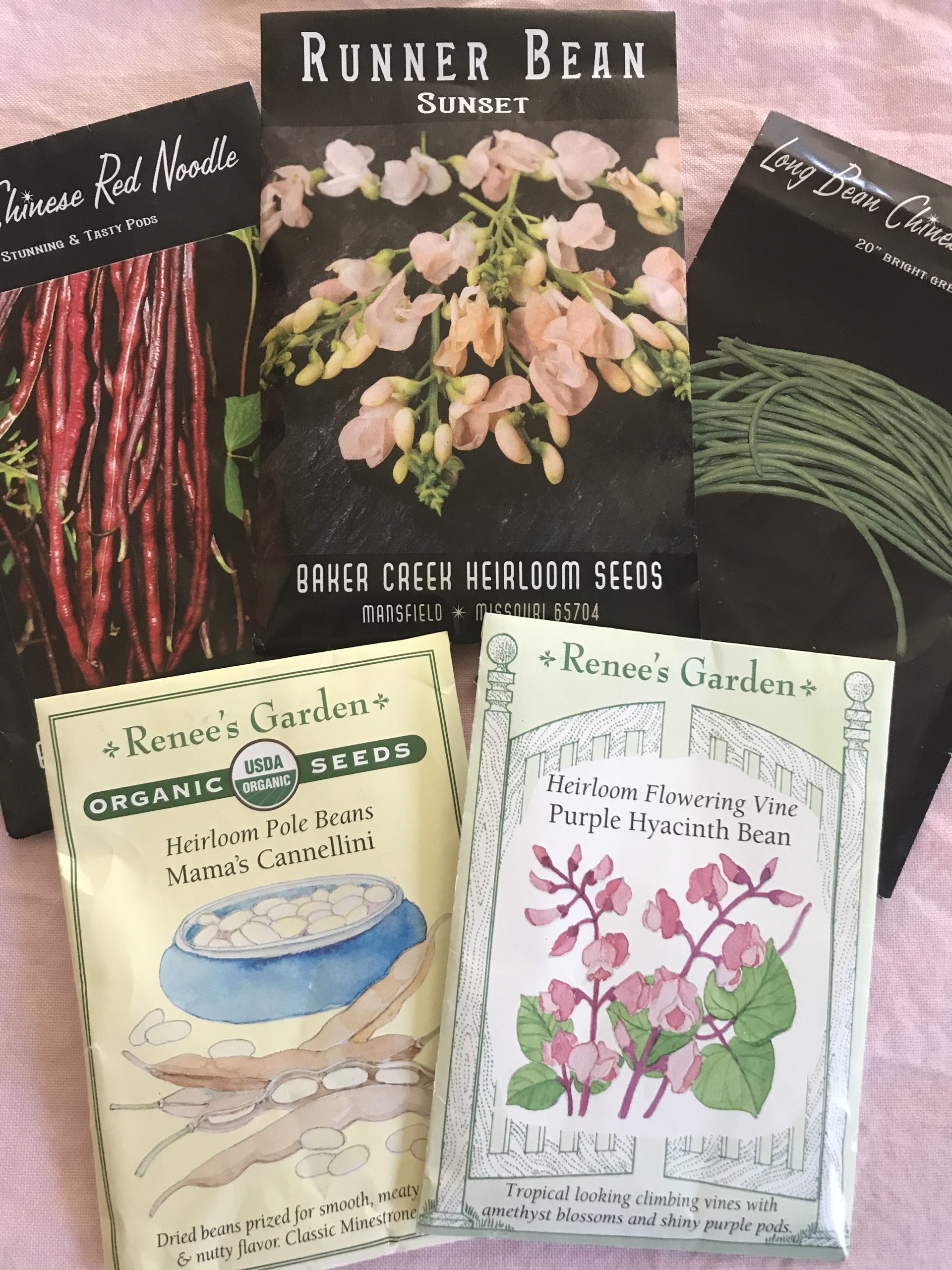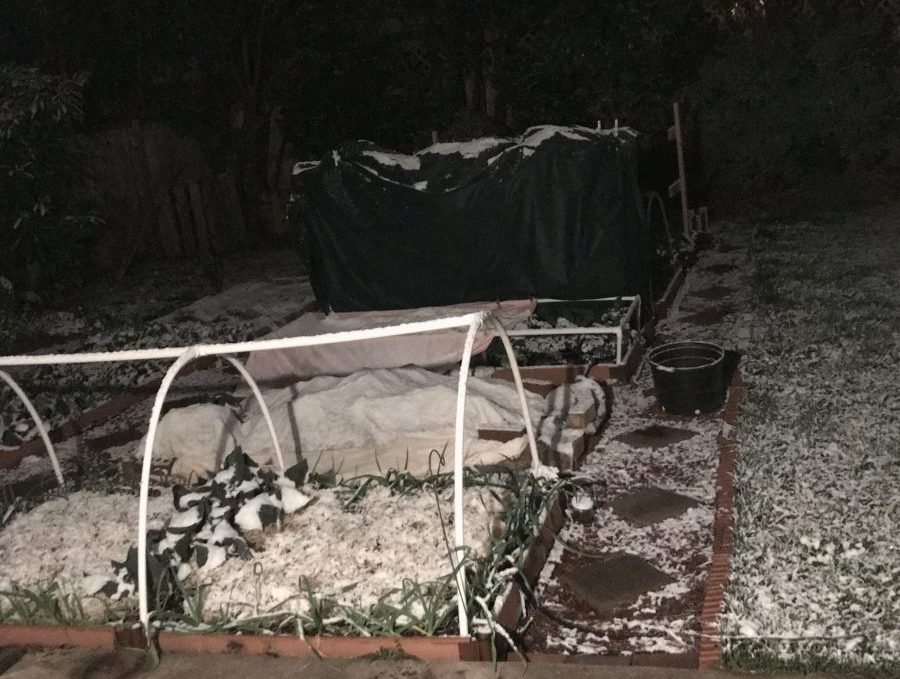As you get more experienced in your gardening adventure, you find it harder and harder to keep yourself from getting all the seeds your eyes land on. That’s the common complaint amongst gardeners. You might choose to follow your impulse of growing everything or try to control yourself and get what you need only. No matter your decision, one problem you will face is how to organize all the seed packets overflowing your drawers?
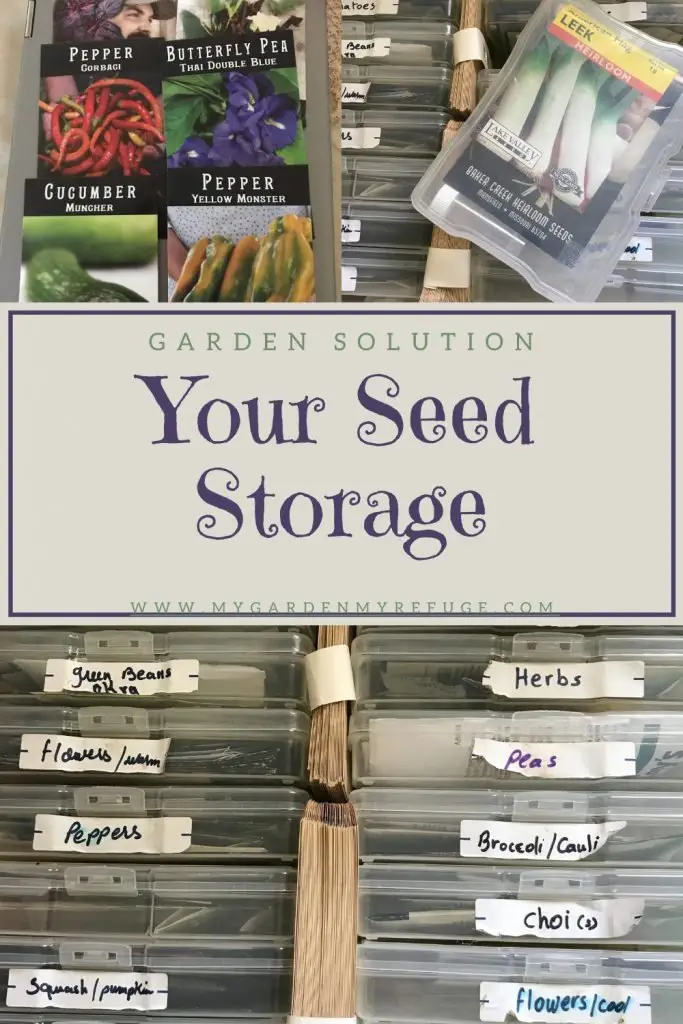
Sort them into categories categories
There are different ways to sort the seeds. Some will go with fruits, vegetables, and flowers. Others may choose annual vs. perennial. In my case, I find seasonal partition more efficient. So I sort my seeds into cool-season crops and warm-season crops. After that, each season would have subcategories under the form of crop families, such as tomatoes, peppers, beans, flowers, herbs, heading brassicas, etc.
- Cool-season crops ( September- March)
- Heading brassicas: Broccoli, cabbage, cauliflower, etc.
- Root crops: Beets, turnips, carrots, radishes.
- Leafy crops: Kale, swiss chard, spinach, lettuce.
- Pods: peas and fava beans.
- Flowers: snapdragons, pansies, calendula, dianthus.
- Herbs: dill, parsley, cilantro, fennel
- Alliums: leeks and onions
- Warm-season crops (April- August)
- Beans: yard beans, bush beans, pole beans
- Flowers: zinnias, sunflowers, African daisy
- Herbs: basil (Italian, Thai, lemon, etc.)
- Peppers: sweet pepper, hot peppers.
- Summer Squash:
- Tomatoes: determinate and indeterminate
- Winter Squash: pumpkins and winter squash
The seed collection box
You can choose any box to keep your seeds contained, but I find the photo box is the best choice for different reasons.
- Tidy.
- Each box can contain a subcategory, which is all held in one big case.
- Easy to transport.
- Waterproof.
- It comes in different colors or one color.
- The translucent material allows you to see through it.
- The boxes are the right size to keep enough seed packets unless you tend to go overboard.
- The case has two compartments, which makes seasonal partition easy to do.
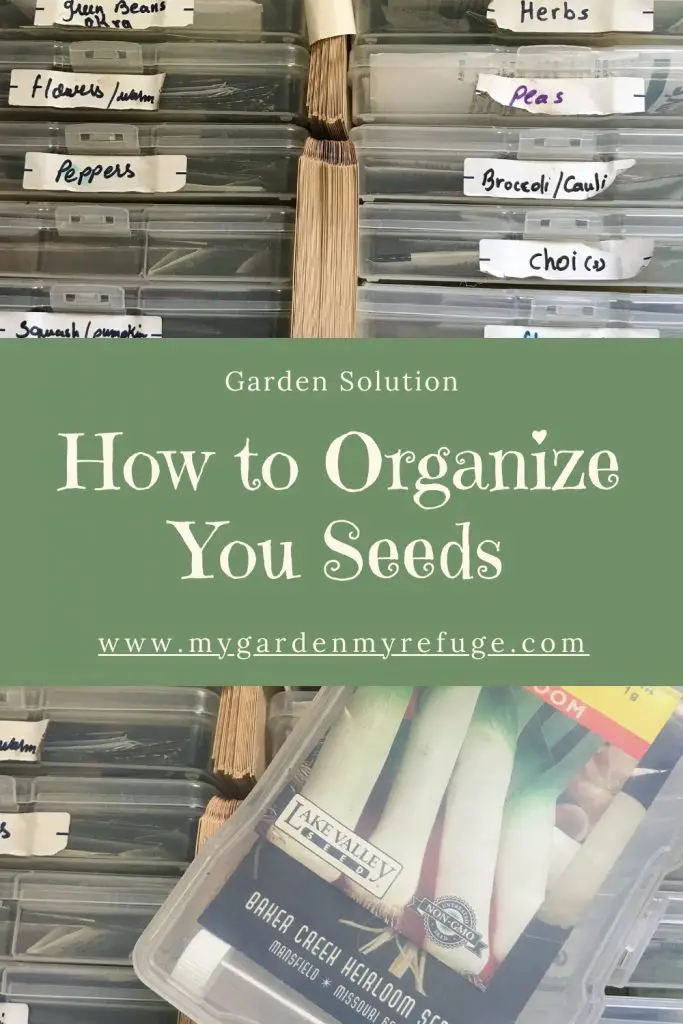
Where to keep the seeds
After choosing a suitable container and system to store your seeds, keeping them in the right environment is essential. Seeds have different shelf lives, but they all need to be in a dark and dry place to keep them good. Light and moisture do not permit the seed’s cells to go dormant and can cause them to rot.
It is best to keep them in a drawer inside the house, away from the elements. Also, use silica packets to absorb moisture. Finally, if saving seeds, air dry them thoroughly before storing them.
How Should I keep the seeds?
Each seed has its own shelf life, but most keep for at least five years. However, some gardeners were successful in germinating a hundred-year-old seed.
- One year: onions, leeks, parsnips.
- Two years: parsley, corn, cilantro, okra.
- Three years: peas, carrots, beans, basil, fennel.
- Four years: Brussel sprouts, tomatoes, beets, squash, pumpkins, peppers.
- Five years: broccoli, cauliflower, leafy greens, eggplant, cucumber, celery, radishes, lettuce.
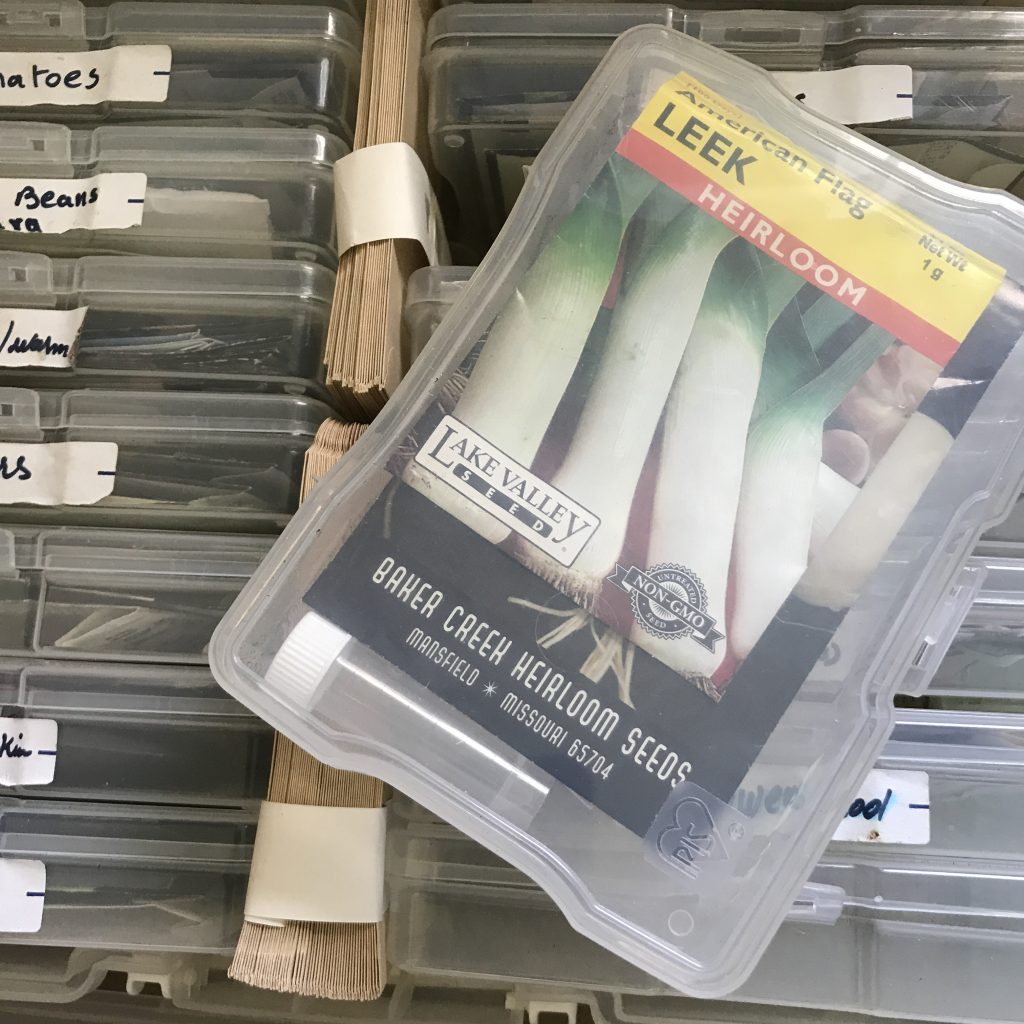
Germination rate
The germination rate is the number of seeds germinating within five to ten days. Good seeds have an 80% germination rate. The longer the seeds are stored, the lower the germination rate. If you have seeds that are a few years old, you better test their germination.
Germination test
To test the germination of your seeds, place ten seeds in a damp paper towel. Keep them moist at all times by keeping them in a box or a zip bag. Within a week, count the number of sprouted seeds. Germination of fewer than five seeds means you need to sow more than you planned.
